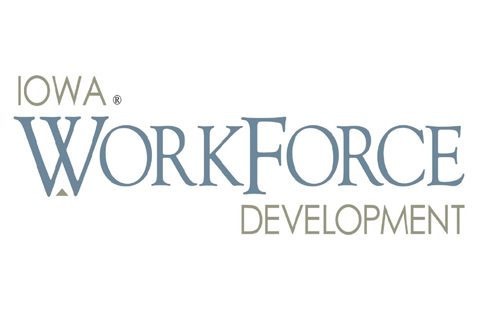DES MOINES — Iowa’s seasonally adjusted unemployment rate decreased to 2.9 percent in February, down from 3.0 percent in January and equal to the rate one year ago. Meanwhile, despite widespread job growth across multiple industries, Iowa’s labor force participation rate ticked down from 67.3 percent in January to 67.2 percent in February as a large concentration of young Iowans left work for education.
The U.S. unemployment rate increased to 3.9 percent in February.
The number of unemployed Iowans decreased to 50,200 in February from 51,100 in January, while the number of working Iowans fell to 1,650,700 in February. The employed figure is 3,000 lower than January and 13,200 lower than one year ago.
“February was warmer than normal, and the impact of that showed up in Iowa’s economy,” said Beth Townsend, Executive Director of Iowa Workforce Development. “Iowa businesses added jobs in nearly every major industry last month, from construction and manufacturing to health care and accommodation and food services. At the same time, we also saw a slight decline in the overall workforce, with most who left saying they were doing so to attend classes. Opportunity abounds for anyone who wants to work. IowaWORKS currently has more than 60,000 open job postings, and IowaWORKS career advisors will be happy to help you get started.”
Seasonally Adjusted Nonfarm Employment
Iowa establishments added 11,000 jobs in February, raising total nonfarm employment to 1,607,200 jobs. This month’s gain is large historically and more than offsets a loss of 2,600 in January. February’s advancement was propelled by hiring in private services, particularly within recreation and entertainment fields, education and health care, and professional and business services. Total nonfarm employment has gained 19,500 jobs over the year.
Accommodations and food services added the most jobs in February (+4,400). This increase more than offsets losses in each of the prior two months. Jobs gained stemmed from eating and drinking establishments, especially within limited-service restaurants along with snack and nonalcoholic beverage bars. Education and health care also added jobs in February (+2,400). Hiring was nearly even between both private education (+1,300) and health care and social assistance (+1,100). For education services, the monthly gain is representative of larger-than-expected staffing levels to begin the school year at private education institutions. For health care and social assistance, the February increase has been more of a steady upward trend following social distancing measures related to Covid in 2020. Other services also added jobs (+1,600). Much of these hires were concentrated within religious, professional, and other civic and grantmaking organizations. Administrative support and waste management added 1,100 and boosted professional, scientific, and technical services by 1,600 jobs. On the flip side, information services shed the most jobs in February (-400) and now trails last year’s mark by 800 jobs.
Following the ample February gain, total nonfarm employment now rests up 19,500 jobs over the past twelve months. Education and health care has added the most jobs (+7,700). The bulk of the hiring in this super sector was rooted in health care and social assistance, up 5,800 since last February. Accommodations and food services benefitted from unexpected hiring this month and fueled a gain of 5,500 in leisure and hospitality industries. Construction benefited from gains stretching back to October and has added 3,800 jobs. As far as losses go, both retail trade and transportation and warehousing have been dealing with recent cutbacks in staffing levels and were responsible for a loss of 6,400 in trade, transportation, and utilities.




